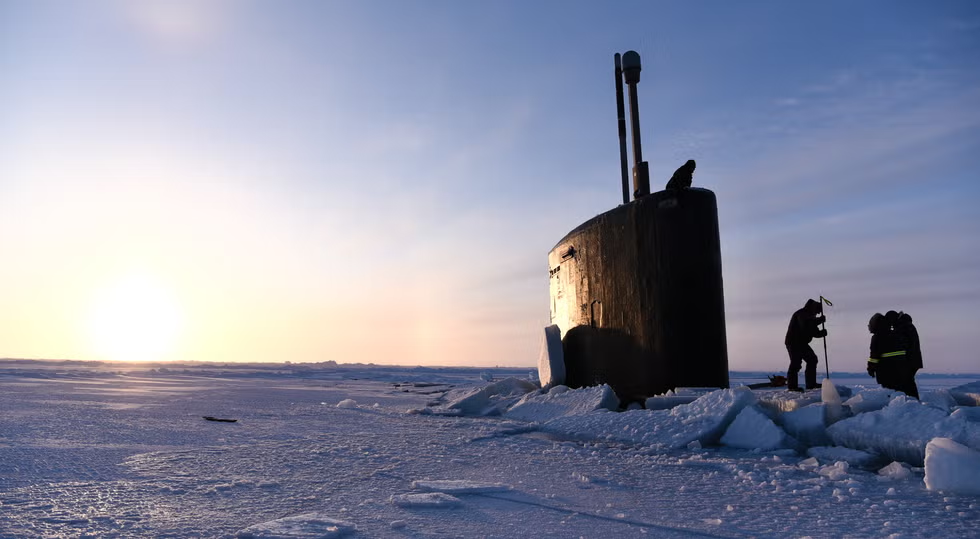Okay babes, so like, the Arctic? Yeah, it’s not just about polar bears and cute snowy vibes anymore. It’s basically, um, the newest VIP section of the global club—and everyone’s elbowing their way in. Russia, Canada, the U.S., and even Denmark are all fighting over who gets the biggest slice of that frosty pie. And honestly? The stakes are HUGE.
Like, back in 2007, Russia literally planted a titanium flag under the freaking North Pole. A Russian official even bragged it was like “putting a flag on the moon.” Major extra, right? But also, it’s not just for show: there are untapped oil, gas, and mineral resources that could, like, totally change the global energy game. And with climate change melting ice faster than a frappuccino in July, those resources are suddenly up for grabs.
Canada, obvi, is like “excuse meee, this is our true north, strong and free.” They literally name-check the Arctic in their anthem, so you know they’re protective. But the U.S. and others? They’re like, “nah babes, that’s international waters, open bar for all.” The fight centers around the Northwest Passage—aka a shortcut that could shave 5,000 kilometers off shipping between Asia and Europe. Think of it as the express lane of global trade, except covered in melting ice and geopolitical drama.
And yeah, this isn’t just paperwork squabbles. It’s about whether countries can stretch their “continental shelves” underwater to snag exclusive economic zones. Basically: if you can prove the rocks under the sea connect to your homeland, you can cash in on whatever’s sitting on top. Russia’s mapping its Lomonosov Ridge. Canada’s mapping its Arctic ridges. It’s like real estate agents fighting over invisible underwater property lines.
But babes, here’s the wild twist: this is totally becoming a new Cold War. NATO has been holding Arctic war games. Russia has its year-round “Ice Station Borneo” 60 km from the Pole. Canada’s building ports and patrol ships (though they quietly downgraded from “mega icebreakers” to, like, diet versions). Meanwhile, China’s calling itself a “near-Arctic state” (um, hello? You’re thousands of miles away!) and cozying up with Russia for “Polar Silk Road” shipping dreams.
So, geopolitically? The Arctic is now the it girl of global strategy. Energy security, military power, climate collapse—all rolled into one frozen cocktail. Analysts say if the Northwest Passage stays open in summer within the next 15 years, the world’s shipping maps get rewritten. Imagine Panama Canal who? Suez what?
And honestly, there’s also a lil’ human story here. Canada points out that Inuit literally live, hunt, and thrive on the ice, making it part of their land. But does international law respect that? Or will it be overridden by great power squabbles? Like, no one invited actual Arctic residents to the table, which is sooo telling.
Flashback: when the U.S. sent the tanker Manhattan through the Passage in 1969, Canadians freaked. Then again in 1985, the U.S. sent its icebreaker Polar Sea without asking, which was, like, sooo rude. That led to a “cooperation agreement” in 1988 that basically said: “We agree to disagree, but fine, we’ll text you before sending ships.”
Fast forward: now the ice is vanishing, subs are secretly cruising under, and everyone wants a piece of the Arctic treasure chest. So, yeah—the next flashpoint? It might not be the South China Sea, babes. It might be the North Pole.
Like, use it or lose it, honey. The Arctic’s not just a frozen wasteland—it’s a power play. And if countries don’t chill (pun intended), the fight over melting ice could totally heat up into the next big geopolitical mess.
XOXO,
Valley Girl News
Where gossip is served on ice with a side of global tension






